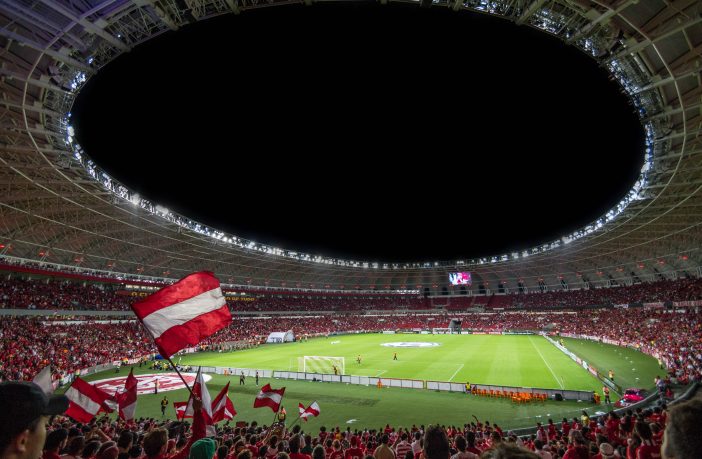Soccer is a global phenomenon, that I don’t understand.
I’ve attempted to watch matches on TV and even seen one or two live matches but if you ask me what’s happening on the field during a match, my answer will be “people are kicking a ball around and then running after it”, that’s the extent of my understanding of the world’s most loved sport.
If you’re as clueless as I am when it comes to soccer, then these definitions might help clarify some of the most commonly used terms:
Advantage: a special rule – unique to soccer – that allows play to continue after a foul if it would be disadvantageous to the team that was fouled.
Caution: Yellow Card
Challenge: Blocking or impeding an opposing player who is in possession of the ball
Centre Mark: The circle at the middle of the field.
Corner Kick: A direct free kick awarded if the defending team was the last to touch the ball before it passed over its own goal line.
Cross: A long pass into the centre from the wing
Direct Free Kick: A free-kick resulting from a foul that can be shot into the goal without having to be touched by another player.
Dribble: Controlling the ball on the ground with the feet.
Far Post: The goalpost farthest from the ball.
Free-kick: Awarded after a player has fouled an opponent. May be direct or indirect.
Goal Area: A box surrounding the goal that stops and starts yards to each side of the goal (from the inside of the goal post) and extends into the field 5,48 metres.
Hand-ball: When a player other than the goalkeeper touches the ball with his arm or hand.
Injury Time: Additional time added to the end of each half to compensate for the stoppage of play due to injuries, wasted time, or the scoring of a goal.
Near Post: The goalpost nearest to the ball.
Obstruction: A foul caused by preventing an opponent from playing the ball by blocking their path to the ball. Results in an indirect free kick.
Offside: An infraction of the rules in which an offensive player does not have at least two defensemen (including the goalie) between them and the goal line when the ball is played forward by a member the offensive team.
Penalty Area: Another box surrounding the goal that begins and ends 18 yards to each side of the goal (from the inside of the goal post) that extends 16.45 metres into the field.
Penalty Kick: A direct free kick awarded for a foul occurring in the penalty area. The ball is placed 10.97 metres from in front of the goal. Only the goalie and fouled player may be in the penalty area during the kick, but any player may play the ball once touched by the goalie.
Red Card: Card held up by a referee indicating that a player has been ejected from the game.
Screening: Also called Shielding. A technique where a controlling player keeps their body between the ball and a marking opponent.
Slide Tackle: A technique of tackling (stealing) the ball from a dribbler by making contact with the ball while sliding on the turf. May be outlawed in youth leagues.
Striker: A forward whose primary responsibility is to pursue goal-scoring opportunities.
Sweeper: A defender the roams the defensive zone between the fullbacks and the goalie.
Tackle: To take the ball away from a dribbler using the feet.
Through Pass: A passed ball that splits a pair of defenders.
Throw-In: A technique returning the ball in play when it leaves the field over the touchlines. The player must have both hands on the ball, throw over his head while keeping both feet on the ground.
Volley: Kicking the ball in or out of mid-air.
Wall: A group of defenders standing near shoulder to shoulder in attempt to defend a free kick near the goal.
Yellow Card: A card held up by the referee that warns a player that any further misconduct will result in their ejection from the game.



